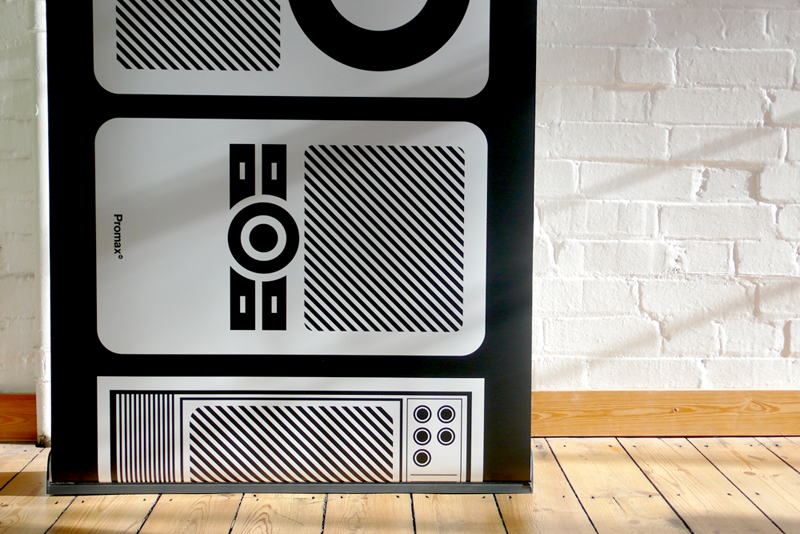Minimalism in some parts is characterized by simple, strong,
graphic patterns that chime with the Bauhaus aesthetic: it’s all about straight
edges, angular shapes and bold colours. Triangles, circles and hexagons replace
more ornate patterns for a real sense of clarity, purity and authority –
enhanced by widespread use of saturated primary colours. In some cases, shapes
are also layered into abstract typography in a style that blends classic
Bauhaus Modernism with 1980's graphic design.
Bauhaus was one of the first proper design schools, and
while its instruction was deeply devoted to functionality, it was among the
first to set out and prove that functional need not be boring.
The
school steadily progressed under founder Walter Groupius, who, in 1923, saw
what Russian and Dutch designers were doing and re-envisioned the Bauhaus'
original mission of uniting and craft, altering it to unite art and technology.
Good design that could be mass-produced and made available to the general
public.
It
was then that many of the Bauhaus' most iconic and lasting designs emerged.
Centered around clean geometric forms, balanced visual composition, and
materials such as wood, metal and glass, Bauhaus design embraced a futuristic
look that was still very much interested in the creation of functional products
for the real world. Encouraging a scientific approach to design, the mechanical
and industrial aspects were not things to be covered up, but rather showcased.
The Bauhaus was founded in
1919 in the city of Weimar by German architect Walter Gropius (1883–1969). Its
core objective was a radical concept: to re-imagine the material world to
reflect the unity of all the arts. Gropius explained this vision for a union of
art and design in the Proclamation of the Bauhaus (1919), which described a
utopian craft guild combining architecture, sculpture, and painting into a
single creative expression. Gropius developed a craft-based curriculum that
would turn out artisans and designers capable of creating useful and beautiful
objects appropriate to this new system of living.
Independent ScholarThis is one partcular Design that complements the Bauhaus Asthetics and presents elemnts of Minimalism.
Promax wanted the conference and awards to reflect the way in which those in branding, advertising, marketing and promotion are being asked to work beyond their normal comfort zones. The broad theme of the brief was Beyond the Box. Early on we decided to simplify the title to 'Beyond'.




No comments:
Post a Comment